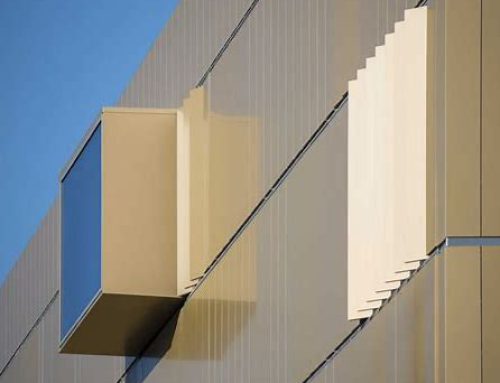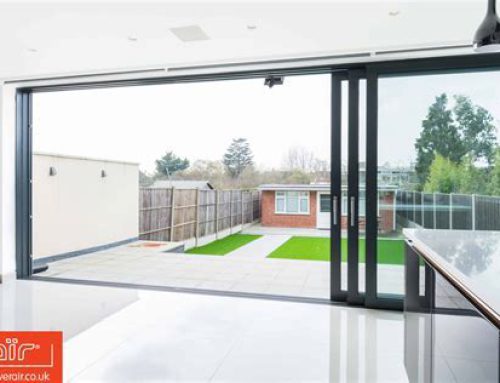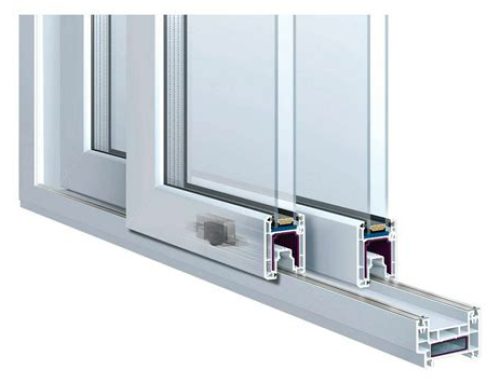Glass wall structural building

Introduction:
In recent years, architectural trends have undergone a remarkable transformation, with an increasing focus on creating structures that blur the boundaries between the built environment and the natural world. Among these innovations, glass wall structural buildings have emerged as a captivating architectural concept. These awe-inspiring structures seamlessly integrate transparent glass panels into their design, creating a captivating visual experience while revolutionizing the way we perceive and interact with our surroundings. This article explores the allure, benefits, and considerations associated with glass wall structural buildings.
-
Embracing Natural Light:
One of the most prominent advantages of glass wall structural buildings is their ability to flood interior spaces with natural light. The transparent panels allow daylight to penetrate deep into the building, reducing the need for artificial lighting and creating a bright and vibrant atmosphere. This infusion of natural light has numerous benefits, ranging from enhancing productivity and mood to reducing energy consumption and reliance on artificial lighting.
-
Blurring Boundaries:
Glass wall structural buildings dissolve the traditional boundaries between indoor and outdoor spaces. By providing uninterrupted views of the surroundings, these structures invite nature inside, creating a harmonious blend of the built and natural environments. The seamless integration of glass panels allows occupants to experience the changing seasons, revel in breathtaking views, and establish a stronger connection with nature.
-
Sense of Spaciousness:
The transparent nature of glass wall structural buildings imparts a sense of openness and spaciousness. The unobstructed views and the play of light and shadows create an illusion of more significant space, making the interiors feel larger and more expansive. This effect can be particularly useful in smaller or densely populated areas where maximizing space is a challenge.
-
Sustainable Design:
Glass wall structural buildings are often hailed for their sustainable design principles. The strategic use of glass panels can significantly reduce the building’s reliance on artificial lighting and heating, leading to reduced energy consumption and lower carbon emissions. Additionally, advancements in glass technology, such as low-emissivity coatings and thermally efficient glazing, contribute to better insulation and energy efficiency, further enhancing the building’s sustainability.
-
Challenges and Considerations:
While glass wall structural buildings offer an array of benefits, they also present unique challenges and considerations. The transparency of the structure necessitates careful planning and implementation of privacy measures. Architects must strike a balance between providing ample natural light and ensuring occupants’ comfort and privacy. Additionally, the use of glass requires meticulous attention to insulation and thermal control to prevent excessive heat gain or loss, especially in regions with extreme climates.
-
Architectural Innovations:
The rise of glass wall structural buildings has sparked a wave of architectural innovations. Architects and engineers are continually pushing the boundaries of glass technology to create structures that are not only visually stunning but also structurally sound. Advancements in materials and construction techniques have allowed for larger glass panels, enhanced strength, and improved energy efficiency. From curved and faceted glass walls to frameless systems and structural glazing, these innovations are transforming the possibilities of architectural design.
-
Integration of Smart Technology:
Glass wall structural buildings are also embracing the integration of smart technology. With the advent of intelligent glass systems, occupants have greater control over their environment. Smart glass panels can be electronically tinted or shaded to regulate sunlight, providing privacy or reducing glare as needed. Automation systems can adjust lighting levels, temperature, and even open or close curtains or blinds. These technologies not only enhance comfort but also contribute to energy efficiency by optimizing the use of natural light and reducing energy consumption.
-
Iconic Examples:
Numerous iconic examples of glass wall structural buildings have captured the imagination of architects, enthusiasts, and the general public. From the iconic Apple Park Visitor Center in Cupertino, California, with its curved glass walls, to the breathtaking Crystal Bridges Museum of American Art in Bentonville, Arkansas, designed with a glass-enclosed bridge, these structures exemplify the power of glass in architectural design. The use of glass in these buildings creates a sense of awe and inspiration while providing immersive experiences for visitors.
-
Biophilic Design and Well-being:
Glass wall structural buildings align with the principles of biophilic design, which emphasizes incorporating elements of nature into the built environment to enhance well-being. By seamlessly integrating the natural world through the transparent walls, these buildings foster a sense of connection with nature, positively impacting the mental and physical well-being of occupants. Studies have shown that exposure to natural light and views of nature can improve mood, productivity, and overall satisfaction.
-
The Future of Glass Wall Structural Buildings:
As technology and architectural innovation continue to advance, the future of glass wall structural buildings holds even greater possibilities. With the integration of sustainable materials, improved energy efficiency, and cutting-edge design, these structures will continue to shape the skylines of our cities. The development of self-cleaning glass, dynamic glazing, and smart materials that generate energy are just a few areas where ongoing research and development are expected to revolutionize the field.
Conclusion:

Glass wall structural buildings have ushered in a new era of architecture, transforming the way we perceive and interact with our surroundings. The seamless integration of transparent glass panels creates spaces that are flooded with natural light, provide panoramic views, and bridge the gap between indoor and outdoor environments. As sustainable design practices, smart technology, and architectural innovations continue to evolve, glass wall structural buildings will become increasingly efficient, sustainable, and visually captivating. They represent a future where the boundaries between the built environment and nature are blurred, and transparency becomes a hallmark of architectural excellence.





Leave A Comment